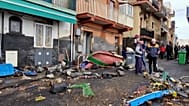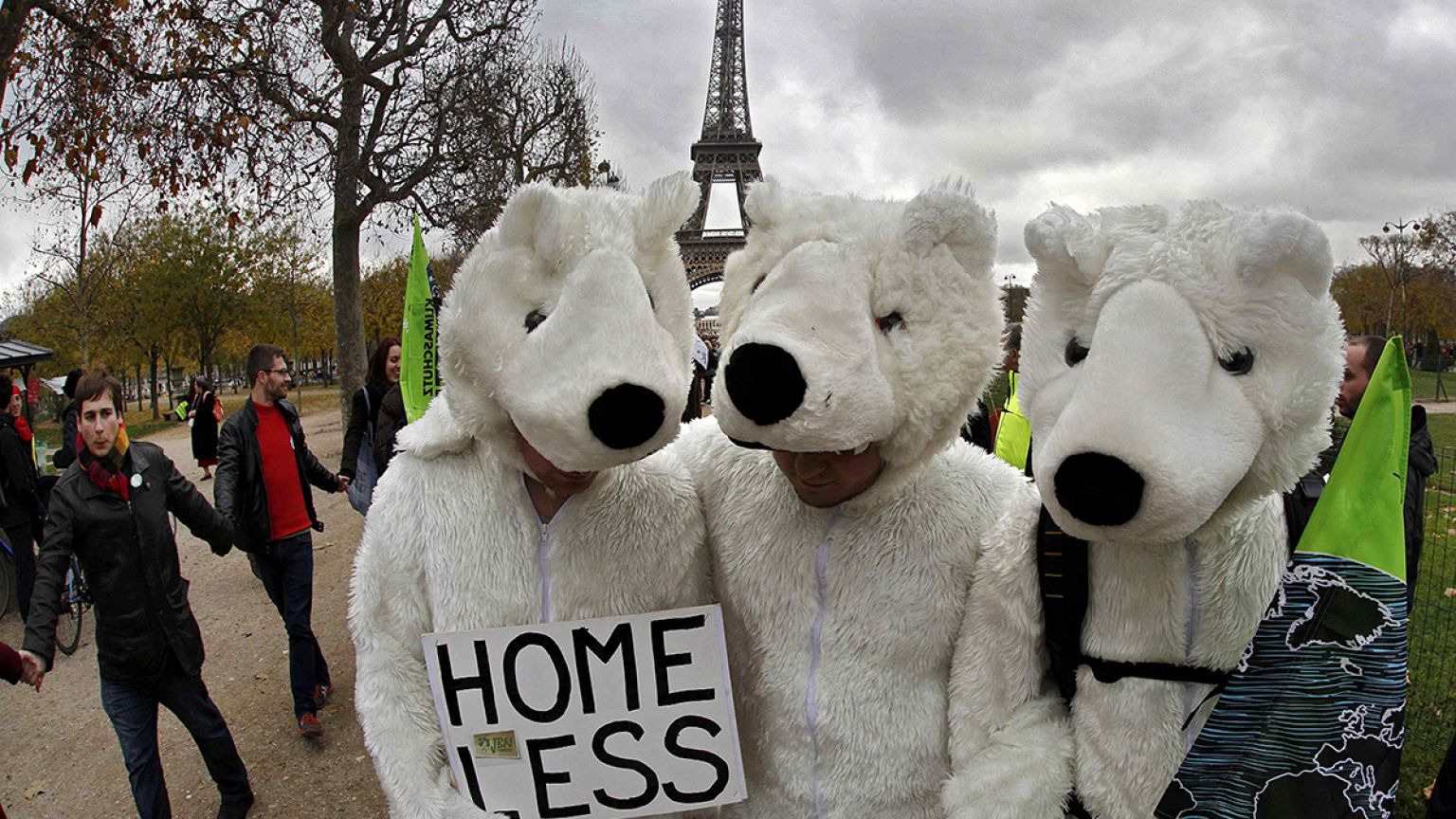The hottest year on record draws to a close, and with it four years of hard negotiating, which produces, at long last, an international agreement to
The hottest year on record draws to a close, and with it four years of hard negotiating, which produces, at long last, an international agreement to take action for our climate—reached in Paris on Saturday.
President of the COP21, Laurent Fabius, the French Foreign Minister, exclaimed: “L’accord de Paris pour le climat est accepté!” as he rapped his green gavel on the podium.
Six years after the failure of delegates to strike a deal in Copenhagen, this time the conference result was hopeful, uplifting for many, meeting the challenge of reconciling the interests of 195 countries—with the universal interest of limiting human impact on the climate.
The foremost goal is to keep the rise in average temperature of Earth’s atmosphere “well below” 2 degrees Celsius, pursuing efforts to not exceed a 1.5 degree rise, by the end of this century.
This aims to improve on the current estimate that global greenhouse gas emissions will produce a 3 percent rise in the average, compared to pre-industrial levels, say in the last part of the nineteenth century.
The objective is to rein in the rise in emissions as soon as possible, achieving a balance between output and absorption—or offsetting—by 2050. This objective of net zero carbon emissions is known as carbon neutrality.
The pact provides for revisions every five years. The Paris agreement actually takes effect in 2020. The first check-ups are in 2025. Progress will be expected in these reports.
Developing countries can expect financial support to adapt to the new commitments. A range of sources will be considered, including public funds. Expansion of the donor base is provided for, such as India beginning to contribute after 2030.
Richer countries agree to raise 100 billion dollars per year from 2020, with a new benchmark to be established in 2025.
A “loss and damage” provision is aimed at helping vulnerable nations gain access to insurance and other support to cut their financial risks from climate stresses, but not automatic compensation.
The agreement highlights the importance of putting a price on carbon, to boost clean energy use, but it leaves out sanctions. This is a relatively, not rigidly binding deal, with some subtlety in the grammar of the participants’ intentions.















